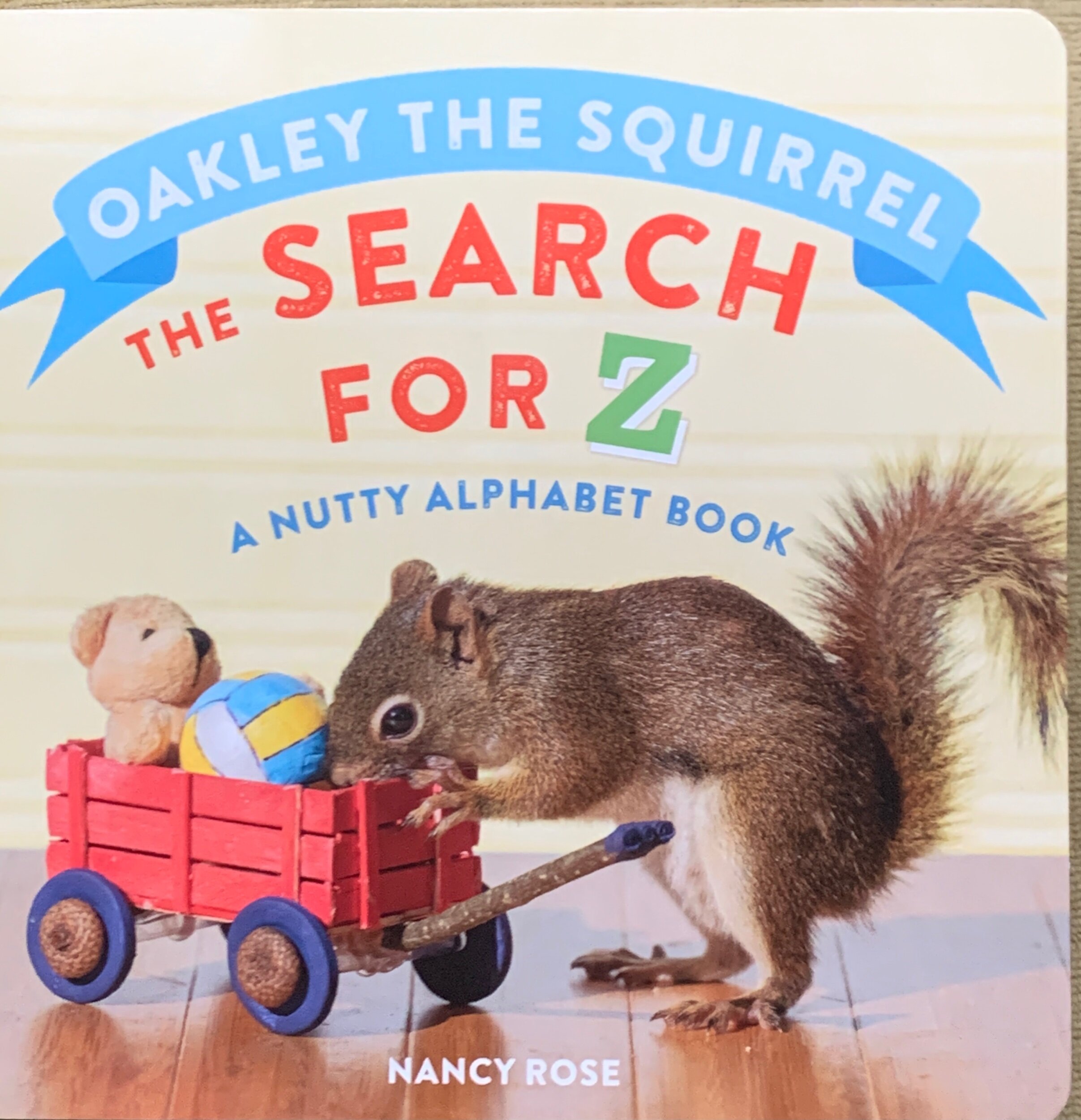Naturally
The day was an infant when I listened to a gray catbird produce a series of chirps, mewing, snippets of sounds and renditions of birdsong. The catbird uses other birds’ words against them.
There were whispers from the shadows. It’s the time of the year for the LBJ (Little Brown Job) and the LBB (Little Brown Bird).
I rode the day up like a vulture on a thermal. I don’t often see turkey vultures in flight before mid-morning. It takes time for the sun to generate enough heat to form thermals. I love seeing turkey vultures at work. They clean our roads. They eat carrion as do many of our raptors, including the bald eagle. A group of perched vultures is called a wake or committee. A bumblebee buzzed past—it was a May bee. May—it may rain, it may snow, it may be 90º, it may be 30º. Grackles buzzed the tower (feeder) trying to dislodge a squirrel.
First- and second-year Canada geese (too young to breed) along with those that lost nests early in the breeding season undertake a molt migration. Individuals may move hundreds of miles in late spring and early summer to bodies of water where they’re safer as they molt and become flightless. In September and October, they return and may fly in any direction.
The lilac is traditionally a funeral flower in parts of Europe and was placed in caskets, likely because the perfume from the flower masked the scent of death before modern funerary practices were adopted.
The two common ants in lawns are field ants and cornfield ants. Field ants are about 1/4 inch long and are black or red and black. Their nests are mound-like and can cover an area up to two feet in diameter. Field ants can be found in healthy, growing turf. People mistake them for fire ants, which are found as close as southern Tennessee. Field ants bite, but it isn’t as painful as the stings of fire ants. Cornfield ants can also be found in lawns. They are smaller than field ants, about 1/8 inch long and range in color from light to dark brown. They construct small, conical mounds, in bare or thinning areas.
I corresponded with bluebirding friends located in the Midwest who indicated their bluebird numbers are down 10-20% from last year. February brought harsh winter weather to the south of us and it killed bluebirds and other early migrants.
Q&A
“When do hummingbirds arrive?” In the spring, the males arrive in Minnesota in early May (sometimes in late April) and females in early to mid-May. They feed on flower nectar, tiny insects, spiders, sweetened water from feeders and yellow-bellied sapsucker wells. In the fall, adult males begin migrating in early August. Females follow soon afterward. They fly across the Gulf of Mexico or along the western coast of Mexico and spend the winter in Central or South America.
Rae Jerrel of Kensel, North Dakota, asked for identification of young owls. Her photo showed owlets with yellow eyes, looked as if they wore too much mascara and had dark bills. That means they should be great horned owls. The adults have plumicorns (feathered tufts that resemble horns). Great horned owls begin nesting in January or February. They usually lay their eggs in abandoned nests of squirrels, hawks or crows but sometimes nest on cliff ledges or in hollow trees. Female owls lay one to five eggs, which hatch in 30-37 days. They leave the nest in 6-9 weeks. Barred owls have dark eyes, light-colored bills and have more rounded heads. Barred owls nest later than great horned owls, starting in March, with two or three eggs in a clutch. Incubation is 28-33 days with the owlets leaving the nest in 4-5 weeks. Barred owls eat mice, squirrels, rabbits, birds, frogs, fish and crayfish.
“Do blue jays reuse nests?” Occasionally. They do rarely use nests of other species, including squirrels.
“What is the rarest bird ever seen in Minnesota?” I’d vote for the fieldfare seen in Cook County in November 1991.
Smithsonian Coloring Book
“The Smithsonian Birds Coloring Book” illustrated by Rachel Curtis is a wonderful gift for that coloring book aficionado who is a birder. The back of the book says this, “Fans of coloring books and birds in their majestic diversity will find an enchanting realm to explore with their own creativity.” Interesting facts are provided for each bird. The book is excellent for those of all ages who enjoy birds.
Thanks for stopping by
“I think if you listen closely in the sweet, glad days of spring, with the song of the brook, the breeze and the birds, you can hear the flowers sing.”–Helen Isabel Moorhouse
"We seem to think that we can substitute an irreplaceable and irretrievable beauty with something which we have created ourselves."—Pope Francis
Do good.
©Al Batt 2021
The orchard oriole. I always thought that would have been a fine name for a model of an Oldsmobile. Who wouldn’t look sharp behind the wheel of an Oldsmobile Orchard Oriole? Photo by Al Batt
Here’s an easy way to increase the number of books you’ve read—and it’s educational.




